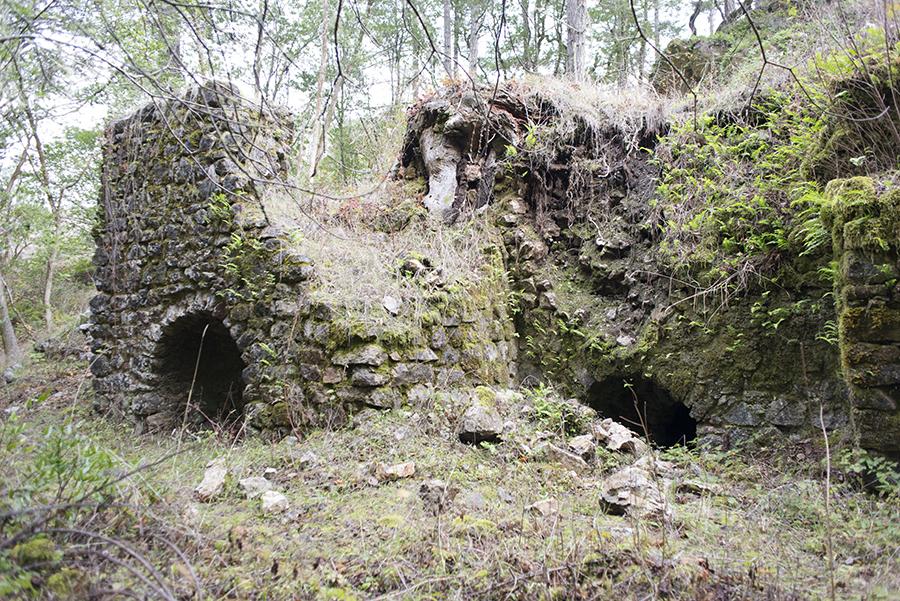It’s a scavenger hunt to find the Olema lime kilns, relics of a little-known past. Recognized as a historic landmark and maintained . . .
Tragedy closed Olema lime kilns


It’s a scavenger hunt to find the Olema lime kilns, relics of a little-known past. Recognized as a historic landmark and maintained . . .